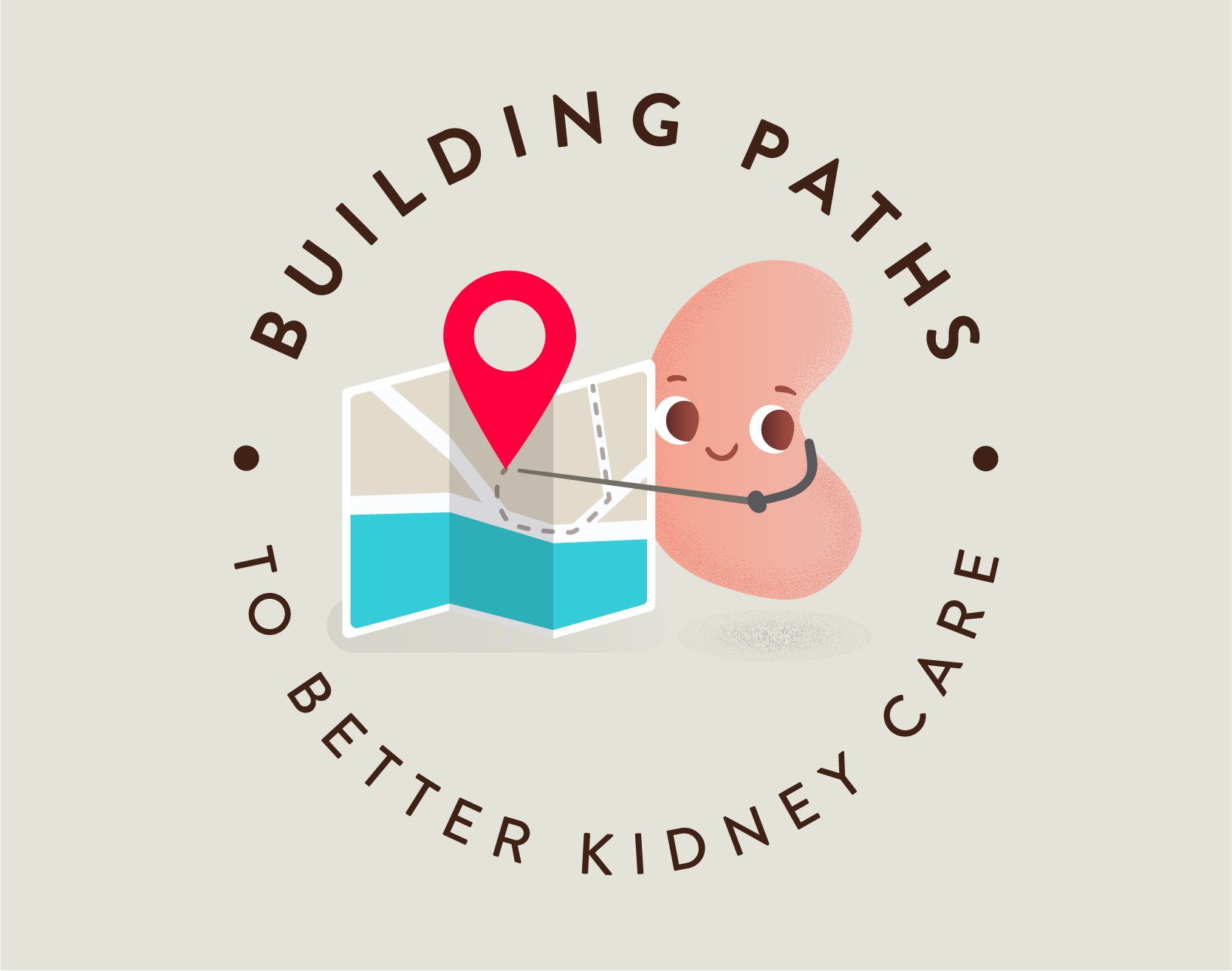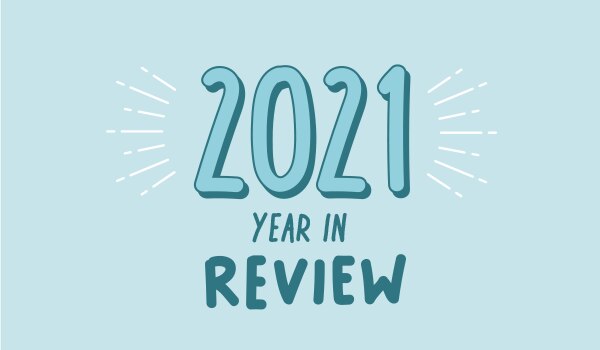Health Information Updates
NIDDK builds paths to better kidney care
For the 37 million adults in the United States living with chronic kidney disease (CKD), research offers promising insights into ways to improve and prolong kidney health. NIDDK's innovative research is changing the way we understand, treat, and prevent kidney disease. Future discoveries may allow doctors to target treatment plans to better suit the individual and for improved outcomes.
NIDDK’s Kidney Precision Medicine Project (KPMP) is one example of research that is helping scientists gain a deeper understanding of the causes and types of kidney disease. For example, today, we understand that CKD has many causes and many potential treatment paths — not one disease with one cause and one treatment. By studying kidney tissue samples from people across all races, ages, and walks of life, KPMP aims to find prevention approaches and treatments best matched to an individual.
“Precision medicine research is key to finding new ways to improve the health of people with kidney diseases,” says NIDDK Director Griffin P. Rodgers, MD. “Researchers have developed evidence-based measures for those at risk or with kidney disease, and they're working towards developing more and better treatment options.”
Three ways people with, or at risk for, kidney disease can build a path to better kidney care are to actively participate in care, to follow a care plan, and to build a kidney-healthy lifestyle.
Actively participating in care means working with a health care team to create a kidney care plan that fits lifestyle, mobility, health status, and dietary needs. Participation includes asking questions, identifying healthy habits to stick with, and adjusting if needed.
Following a care plan includes taking medicines as prescribed and attending medical appointments, in addition to getting vaccines recommended by health care professionals.
Building a kidney-healthy lifestyle can include making a routine of physical activity, maintaining a healthy weight, quitting smoking, reducing alcohol, and getting enough sleep. Each of these areas can help meet a person’s needs and health goals. If fitting in 30 minutes of physical activity at once is not possible, 15 minutes twice a day, or 10 minutes three times a day also work.
Dr. Rodgers notes some a kidney-healthy lifestyle building blocks might include “finding activities that fit your environment, budget, and mobility. Go for a walk with a friend, ride a bike, look for free or low-cost fitness classes offered in the community, or follow along with a workout video from home. Even gradual progress can help protect kidneys and slow the progression of kidney disease.”
For more information on building your path to better kidney care, visit the NIDDK website at www.niddk.nih.gov.
Top NIDDK Diabetes blog posts of 2021

In 2021 the NIDDK’s Diabetes Discoveries and Practice Blog published more than 20 posts in collaboration with health care professionals on a wide range of topics, from cognitive impairment in people with diabetes to identifying unusual forms of diabetes. See the most popular and interesting posts of the year.
Most Popular Posts of 2021:
- Tips and Resources to Help Patients Live a Healthy Lifestyle
Following a challenging year, for patients may find getting back into a healthy routine difficult. Small steps, however, can make a big difference in making healthy habits a priority. Share these tips and resources with your patients looking to focus on healthy eating and physical activity this year. - Can Diabetes Lead to Cognitive Impairment?
José A. Luchsinger, MD, explains the cognitive impairment risk in people with diabetes and how health care professionals can adapt treatments for patients with cognitive problems, which people with diabetes are more likely to develop than people without diabetes. -
How Can You Improve Diabetes Care for Patients with Limited Health Literacy?
Hae-Ra Han, PhD, MSN, RN, discusses how limited health literacy may affect diabetes outcomes and offers strategies health care professionals can use to address or improve patients’ health literacy skills. People who have limited health literacy may have trouble finding, understanding, and using information to effectively manage their diabetes.
Three Interesting Posts You May Have Missed:
- RADIANT Study Aims to Shine Light on Unusual Forms of Diabetes
Every health care professional sees patients who don’t fit a diagnostic mold, and health care professionals seeing patients with diabetes are no exception. While the majority of people with diabetes have a diagnosis of type 1 or type 2 diabetes, others do not have a medical history or signs consistent with these diagnoses. Learn more about the NIDDK-supported Rare and Atypical Diabetes Network, or RADIANT, which is working to identify and describe unusual forms of diabetes, find their causes, and develop better diagnostic methods. - Reducing Disparities in Diabetic Amputations
An epidemic of amputations disproportionately affects people who have diabetes. Of the estimated 200,000 people in the United States who have amputations each year, about 130,000 have diabetes. Foluso Fakorede, MD, discusses risk factors for peripheral arterial disease and amputation in patients with diabetes, as well as how to reduce disparities in diabetes-related amputations. -
Addressing Stroke Risk Factors in People Who Have Diabetes
Managing elevated hemoglobin A1C levels, high blood pressure, and high cholesterol can reduce the risk for stroke, which is a leading cause of death and disability for people with diabetes. Richard Benson, MD, PhD, director of the Office of Global Health and Health Disparities at the National Institute of Neurological Disorders and Stroke, discusses the links between stroke and diabetes, and strategies to reduce stroke risk for people with diabetes.

